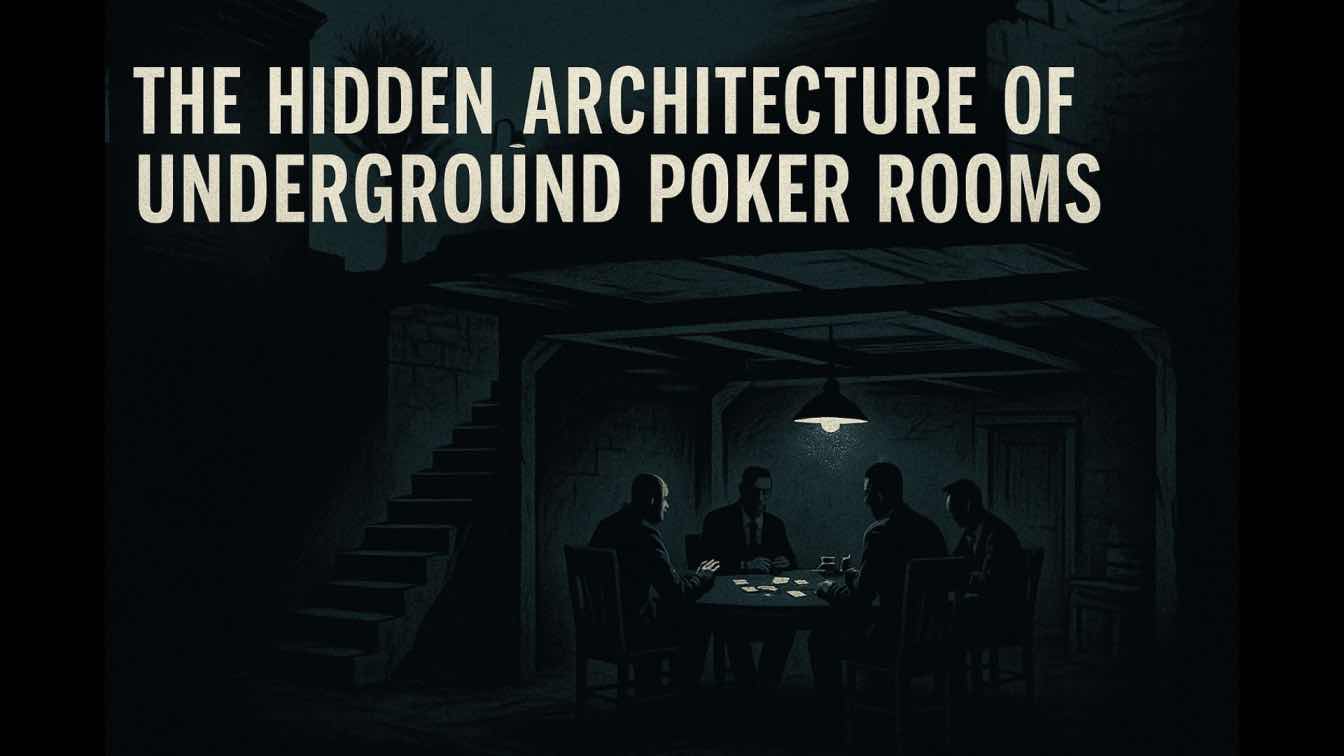The idea that solitude and simple living took hold of the hearts and lives of individualistic Americans in the 1900s. Minimalism in itself is the direct opposite of the grandiose, the colorful, and the overindulgent. But how did a philosophy about simple living turn into such a popular movement? This article will provide a brief overview of minimalism and its history to answer that question.
The Origin of Minimalism
While some may attest that the origins of minimalism date back to the ideologies of transcendentalist Ralph Waldo Emerson and naturalist Henry David Thoreau, others would argue that minimalism originated over 2,500 years ago from the mind of a Greek philosopher known as Diogenes. Diogenes rejected everything he deemed unnecessary. He lived in a wine barrel with a bowl as his only possession, which he threw away when he saw a boy drinking from his hands.
Minimalism in the 1900s
It wasn’t until the 1920s that the concept of minimalism as a form of design started to take hold. The German art school Bauhaus taught its students to balance beauty and utility; they should craft everyday items to be beautiful and—most importantly–useful. A few of the main characteristics of the Bauhaus era were the use of basic materials, functional shapes, and simple color schemes. The main goal of the movement was to unify art with craft and technology.
Surprisingly, the word minimalism started to gain popularity betwixt the colorful art of the 1960s and ‘70s with the essay “Minimal Art” written by Richard Wollheim in 1965. It was here that artists wanted to separate themselves from the confines of the Abstract movement to focus on material, space, and the simplicity of art rather than having to give every brush stroke some form of hidden meaning or emotion.
Minimalism in the Present
Today, what most understand as minimalism is different from the original works of major minimalist contributors, such as Frank Stella, Donald Judd, and Dan Flavin. Currently, minimalism is one of the top interior design trends of the modern world and has taken the form of monochrome palettes and stiff geometrics. While this aesthetic has value in its own right, it’s now less about the beauty of simple materials and more about the aesthetic of living simply.
Communities have debated that modern minimalism as we know it comes from the resource inequality of the current generations and their parents. The idea being Millennials and Gen Z have turned lemons into lemonade—spinning straw into gold. While this may or may not be true, many minimalist décor pieces are expensive, and the movement has transcended from a moral and artistic belief to a form of posturing for some.
While this overview of minimalism and its history may seem to end on a sour note, it’s anything but. Many artists, architects, and interior designers understand the value of minimalism and its origins and will continue to produce art and décor combining static harmony, beauty, and functionality.





